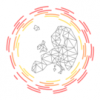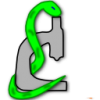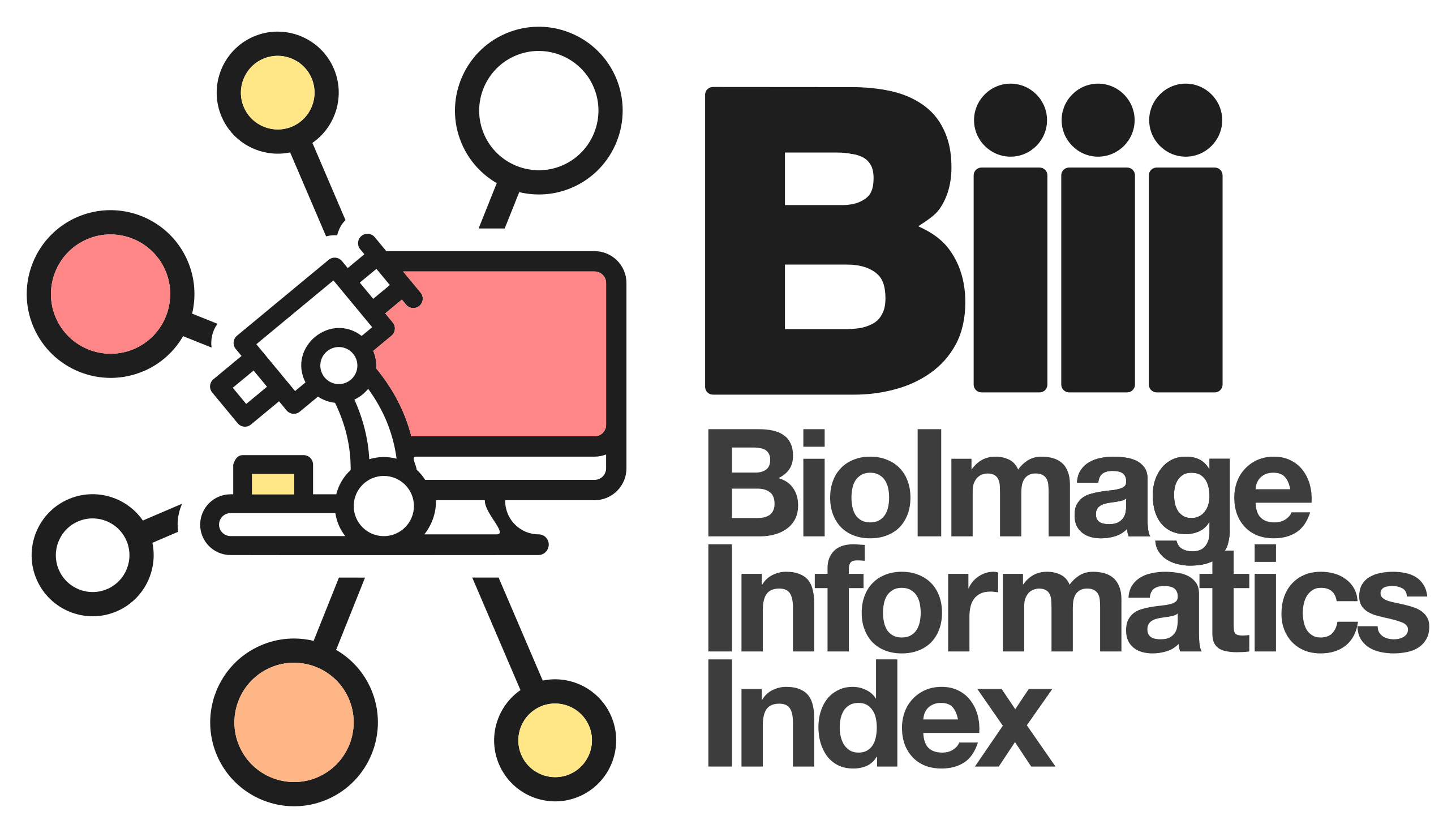Contents
| Image | Title | Category | Type | Description | Updated |
|---|---|---|---|---|---|

|
Multi-Template matching | Software | Component | Multi-template matching can be used to localize multiple objects using one or a set of template images. Contrary to previous implementations that allow to use only one template, here a set of templates can be used or the initial template(s) can be transformed by rotation/flipping. Multiple objects detection without redundant detections is possible thanks to a Non-Maxima Supression relying on the degree of overlap between detections. |
10/19/2020 - 17:09 |

|
FPBioimage | Software | Collection | 10/19/2020 - 17:09 | |

|
PYME | Software | Collection | 04/25/2023 - 19:46 | |
| Spatiotemporal quantification of monolayer cell migration | Training Material | MATLAB, for advanced analysts. Slides, Scripts, Reproduction of results & deconstruction. Uniquely designed analtical approaches towards understanding cell cluster movements, based on stress / cell migration analysis. |
04/08/2019 - 14:42 | ||
| |
Filopodyan | Software | Collection | Fiji plugin for detecting, tracking and quantifying filopodia |
04/19/2019 - 17:01 |
| Analysis of filopodia dynamics | Training Material | ImageJ & R, for advanced analysts. Slides, Scripts, Reproduction of results & deconstruction. Segmentation of filopodia (thin filamentous structure) and analysis of their shape and movements to characterize phenotypes. |
04/08/2019 - 14:36 | ||
| High Content Image data Screening and Analysis | Training Material | MATLAB, CellProfiler, Advanced Cell Classifier, for advanced analysts. Slides, Scripts, Reproduction of results & deconstruction. We aim to implement an image-based analysis of a biological system by profiling the phenotipic response of a cancer cell line following perturbation with a small-molecule compound library |
04/08/2019 - 14:21 | ||
| Stitch Tiles, Flat Field Correction, Quantify ProtX intensity at Nuclei | Training Material | ImageJ, for those with GUI knowledge but without scripting knowledge |
04/08/2019 - 14:17 | ||
| Introduction to ImageJ macros: Quantify the enrichment of NPC proteins at the nuclear envelope, relative to its cytoplasmic localisation | Training Material | ImageJ, for those with GUI knowledge but without scripting knowledge |
10/28/2025 - 07:09 | ||
| Working with objects: measurements in 2D and 3D | Training Material | ImageJ, GUI training for beginners, Count and Measure 2D nuclei,Count number of foci on 3D image , compare 2D, 2.5D, 3D results (simple workflows) |
10/28/2025 - 06:29 | ||
| Analysis of Microtubule Orientation: Tracking with ImageJ, Directionality Analysis with Matlab | Training Material | We take an example image data of microtubule binding protein EB1, and will study how to automatically track those signals and how to analyze the tracking results. We use ImageJ for measuring the temporal changes in signal positions, and will feed the tracking results for analyzing their dynamics using Matlab in the following session. |
04/08/2019 - 14:07 | ||
| Visualization of 3D images with Matlab | Training Material | In this session we will use a 3D multichannel reconstruction of zebrafish larva to explore the visualization capabilities of Matlab. We will start from extracting and inspecting single slices and will continue with combining multiple channels, finally generating a surface rendering for visual colocalization analysis.During the process we will review methods for manipulating multidimensional arrays, including resizing, reshaping and conditional selection. |
10/28/2025 - 06:26 | ||
| 2D image processing and Data analysis with Matlab | Training Material | This session will focus on the exploration of MATLAB functions and methodologies for image processing. We will cover aspects like importing images and metadata, as well as saving processed images and csv data files. Techniques such as image filtering, segmentation and morphological operations will be addressed. To promote a comparison with ImageJ, a simple workflow for object counting and properties extraction will be coded, using as input data the Embryos sample image. |
04/08/2019 - 13:58 | ||
| Introduction to Matlab | Training Material | Matlab is a commercial software for numerical computing and statistical analysis that can be used to process and analyze multidimensional images. Within this session you will get familiar with the Matlab environment and its programming language. Among the topics addressed: matrix manipulation and advanced indexing, access to files, data inspection and basic plotting. This session will provide you the foundations that you need for the following modules, where you will manipulate images, extract measurements, and statistically analyze and visualize results. |
10/28/2025 - 07:04 | ||
| From workflows to simple batch macros: Quantify intensity at the nuclear envelope. | Training Material | ImageJ, for those with GUI knowledge but without scripting knowledge. |
10/28/2025 - 07:01 | ||
| From workflows to simple batch macros: Measure Phalloidin in the nucleus area. | Training Material | ImageJ, for those with GUI knowledge but without scripting knowledge |
04/08/2019 - 13:42 | ||
| Recording simple macros for batch processing v2 | Training Material | ImageJ, for those with GUI knowledge but without scripting knowledge, workflow: MIP, change LUT, merge channels |
04/08/2019 - 13:39 | ||
| Recording simple macros for batch processing | Training Material | ImageJ, for those with GUI knowledge but without scripting knowledge, workflow: MIP, change LUT, merge channels |
04/08/2019 - 13:36 | ||
| Batch ImageJ macro | Training Material | ImageJ, for those with GUI knowledge but without scripting knowledge, workflow: change LUT, make montage |
04/08/2019 - 13:34 | ||
| Tumor Blood Vessels: 3D Tubular Network Analysis | Training Material | In this session, we will implement a simple ImageJ macro to segment and analyze the blood vessel network of a subcutaneous tumor. The analysis is fully performed in 3D, and possible strategies to extract statistics of the network geometry and interactively visualize the results are also discussed and implemented. |
04/08/2019 - 13:30 |
